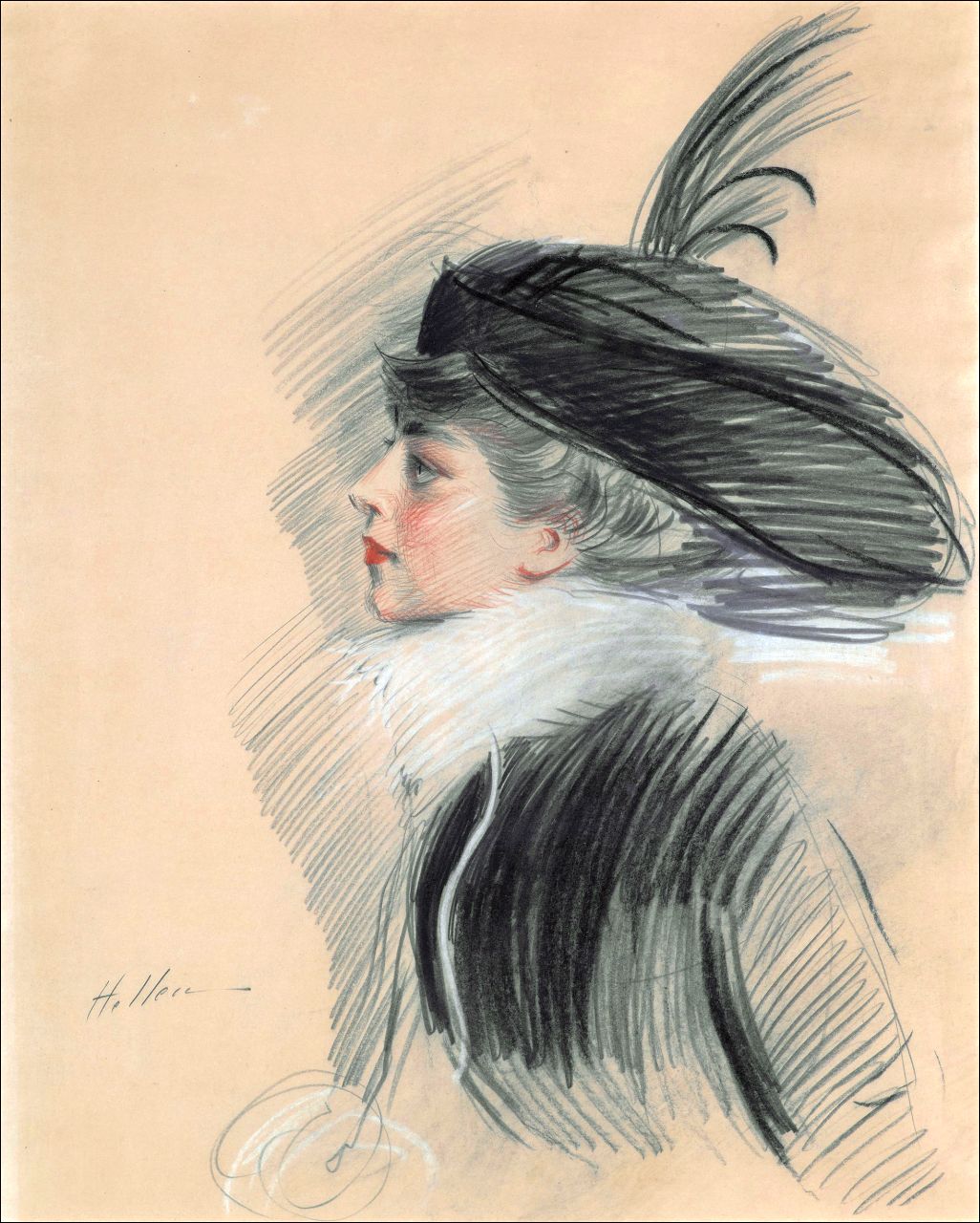Authors:
Historic Era: Era 7: The Emergence of Modern America (1890-1930)
Historic Theme:
Subject:
September 1999 | Volume 50, Issue 5


Authors:
Historic Era: Era 7: The Emergence of Modern America (1890-1930)
Historic Theme:
Subject:
September 1999 | Volume 50, Issue 5
In 1683, the poet laureate John Dryden brought the word" biography" into the English language. He defined it as “the history of particular men’s lives.” That means a lot more than just the details of a person’s life, of course. If the subject is a household name, the biographer must separate the facts from the myths that inevitably sprout like mushrooms out of the folk memory of a great individual. Even more important, the biographer must provide both the background—the vast complexity of the civilization in which an individual lived his life—and minibiographies of important people in that life. And this must all be done without wearying the reader or losing the thread of narration.
Jean Strouse’s magnificent new biography of J. P. Morgan, Morgan: American Financier (Random House), certainly does all of this. That so-richly-lived and important a life could be so richly and importantly described in only 689 pages is a monument to the biographer’s art. At the same time, Strouse also manages, apparently effortlessly—a measure of just how much effort went into it—to bring to vivid life the world in which J. P. Morgan lived. It is a breathtaking accomplishment, all the more so because that world changed so dramatically during the course of Morgan’s career.
When he was born, to prosperous parents in Hartford, Connecticut, on April 17, 1837, the second Bank of the United States had been destroyed by Andrew Jackson only the year before, leaving the country without a central bank. Railroads were just beginning to creep across the American landscape. Steamers would not transport their first passengers across the Atlantic until the following year. The telegraph lay seven years in the future. No one thought of the United States as a financial or industrial power.

Bu,t by the time Morgan died, on March 31,1913, railroads, steamers, and the telegraph knit nearly the entire world together into a global economy. The United States had become the foremost financial and industrial power on earth. Woodrow Wilson, inaugurated just that month, would shepherd through Congress a bill establishing the Federal Reserve, once again giving the country a central bank.
Strouse expertly guides the reader through these often complex economic and political developments and shows how Morgan powerfully affected almost all of them. This not only makes her book by far the best, fullest, and, mercifully, most nonideological biography of J. P. Morgan ever written but serves as no mean introduction to a large portion of American business history as well.
Morgan’s life and career need